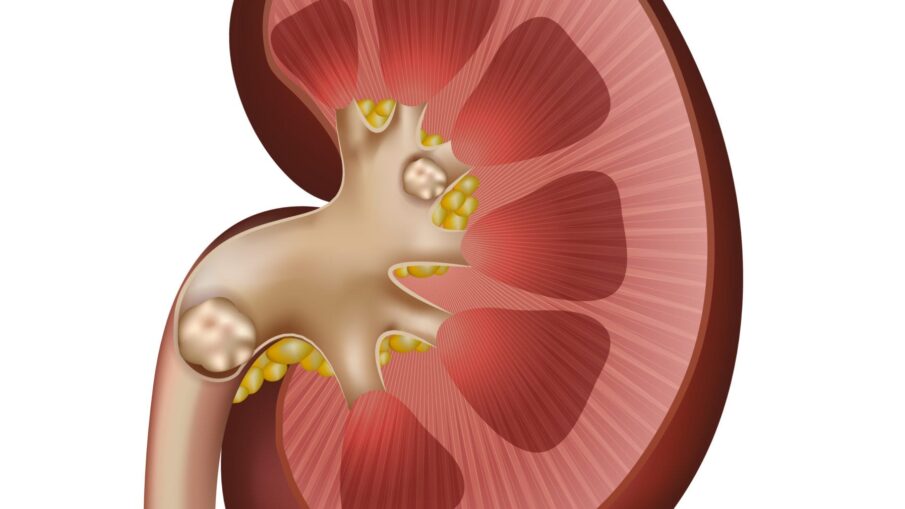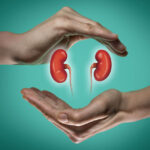Severe, Persistent Flank or Abdominal Pain
A sharp, cramping pain that typically starts in the back or side below the ribs and may radiate to the lower abdomen and groin. The pain can come in waves and vary in intensity. Severe or unrelenting pain may indicate a large stone that is stuck in the urinary tract and could obstruct urine flow, risking kidney damage or infection.
Blood in the Urine (Hematuria)
Urine may appear pink, red, or brown due to bleeding from irritation of the urinary tract lining by the stone. Visible or persistent blood in the urine could signal significant trauma or complications. It also increases the risk of infection.
Fever and Chills
Signs of systemic infection possibly caused by a blocked urinary tract and bacterial growth behind the obstruction. This is a medical emergency. A kidney infection (pyelonephritis) caused by a stone can quickly become life-threatening if not treated promptly.
Nausea and Vomiting
Nausea and vomiting can accompany kidney stone pain due to the shared nerve pathways between the kidneys and gastrointestinal tract. Persistent vomiting may lead to dehydration, worsen the stone problem, and impair kidney function.
Difficulty Passing Urine or Complete Blockage
A stone may obstruct urine flow, causing a weak stream, dribbling, or inability to urinate altogether. Urine retention can lead to kidney swelling (hydronephrosis), bladder damage, or severe infections.
In conclusion, even if symptoms are mild, any sign of infection, obstruction, or intense pain related to kidney stones should not be ignored. Early treatment can prevent serious complications like sepsis, permanent kidney damage, or recurrent stones.



